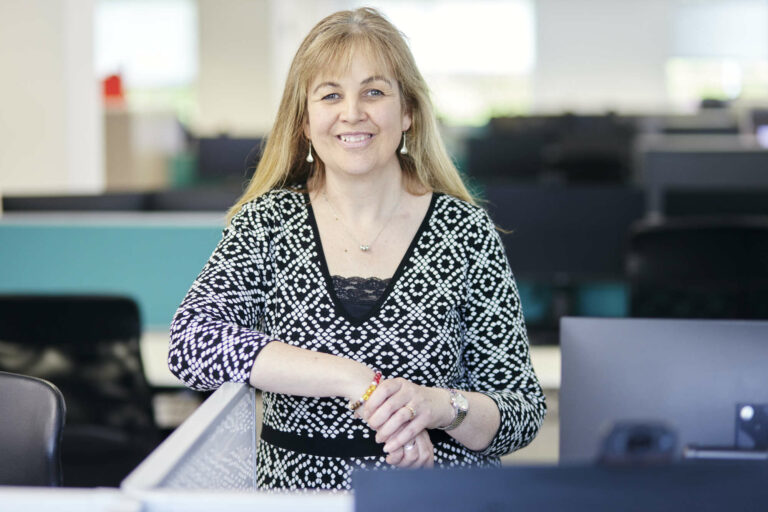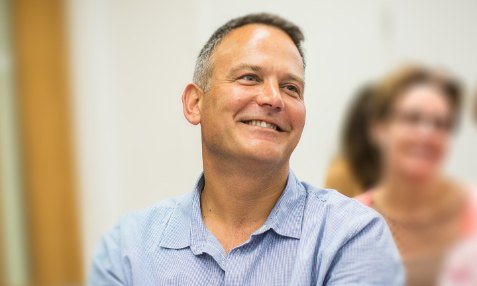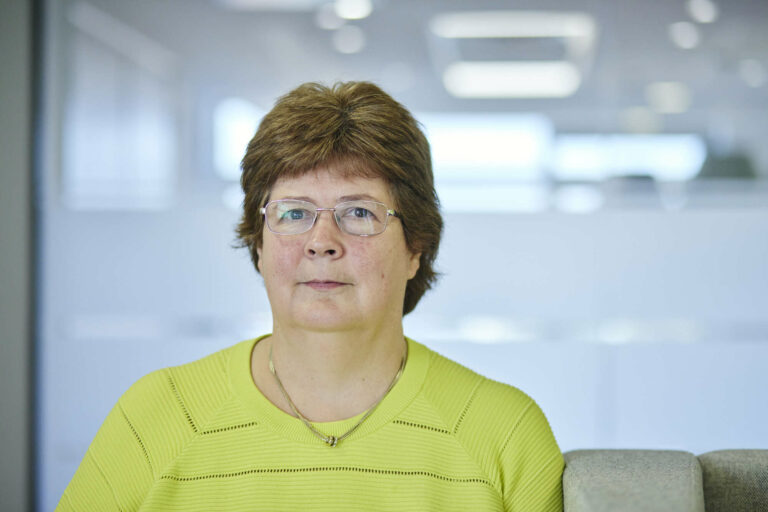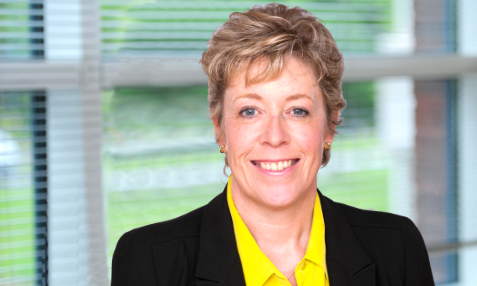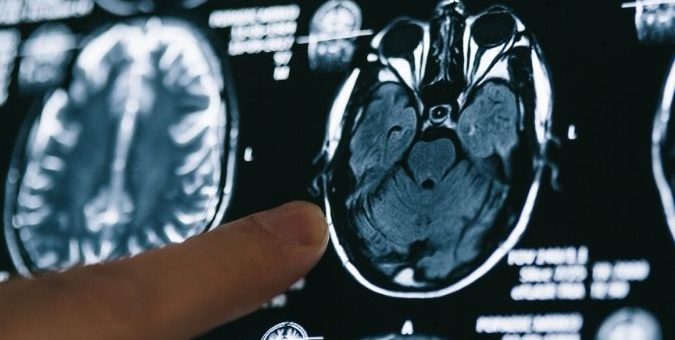
Over 550 children and young adults are diagnosed with brain tumours in England each year. They account for a quarter of all UK childhood cancers and are the commonest cancer cause of death in children and young people. 60% of those who survive are sadly left with life altering disability.
Ruby’s Story
When Ruby began to complain of headaches, abdominal pain and seeing zigzag lines her parents were worried and took her to see their GP. The GP considered allergies and arranged some tests.
The symptoms continued and worsened. Ruby started vomiting and had problems with her balance. Her parents took her back to see their GP. A referral to a paediatrician was arranged on a non-urgent basis.
Ruby was not reviewed for a further three months by which time she was still having headaches, was vomiting regularly, had started swaying when she walked and was becoming clumsier and unsteady on her feet. The Paediatrician referred Ruby for a physiotherapy assessment.
Ruby was reviewed again six months later. She was falling behind at school, constantly tired and was not interested in her favourite activities. Ruby’s parents asked whether she could have a brain tumour, and requested an MRI scan, but they were reassured and told a scan was not necessary.
Four months later, Ruby’s behaviour was so out of character that in desperation her parents took her to A&E. An immediate MRI was arranged, and she was diagnosed with a brain tumour and hydrocephalus.
Ruby underwent emergency surgery to remove the tumour, drain the hydrocephalus and then required chemotherapy and radiotherapy.
Unfortunately, the delays in diagnosing and treating the tumour had given it time to grow. Due to the tumour compressing Ruby’s brain and the effects of hydrocephalus, Ruby now requires 24h care, has very severe learning difficulties and is unable to walk.
During the legal investigations Enable Law established when Ruby should have been referred for a scan, what the treatment options would have been at that time and likely outcome had the delay in diagnosis and treatment been avoided. We were able to establish the elements of her injuries which were caused by the delay in diagnosis and treatment and thereafter obtain compensation for her.
A damages award has been achieved for Ruby which has enabled her to have her own carers, a fully adapted house and input from physiotherapists, occupational therapists and others to help her maximise her independence.
Signs and symptoms
A health care professional should consider a brain tumour in any child presenting with:
- Headache – new, persistent, or recurrent headache especially if it wakes a child from sleep
- Persistent confusion and/or disorientation
- Persistent nausea and/or vomiting
- Abnormal eye movements including blurred, double or loss of vision
- Motor symptoms including signs of poor coordination, abnormal gait or co-ordination sometimes described as a ‘drunken sailor’ walk. In younger children, a regression in their ability to sit, crawl, walk or run.
- Failure to grow either in height or weight.
- Abnormal head positioning e.g. head tilt or a stiff neck.
- Behaviour change e.g. lethargy, withdrawal or disinhibition
- An increasing head circumference
- Diabetes insipidus
- Seizures/fits
- Altered consciousness
If a child has two or more of the above they should be referred for a scan.
Delays in diagnosis and treatment
Sadly, if diagnosis and treatment is delayed the prospects of cure go down, and the likelihood of sustaining lifelong injuries goes up. Diagnosing brain tumours as early as possible is therefore crucial to avoid, or minimise, long term disability.
If you think your child may have been affected by these issues, please contact us for a free and no obligation initial discussion.



